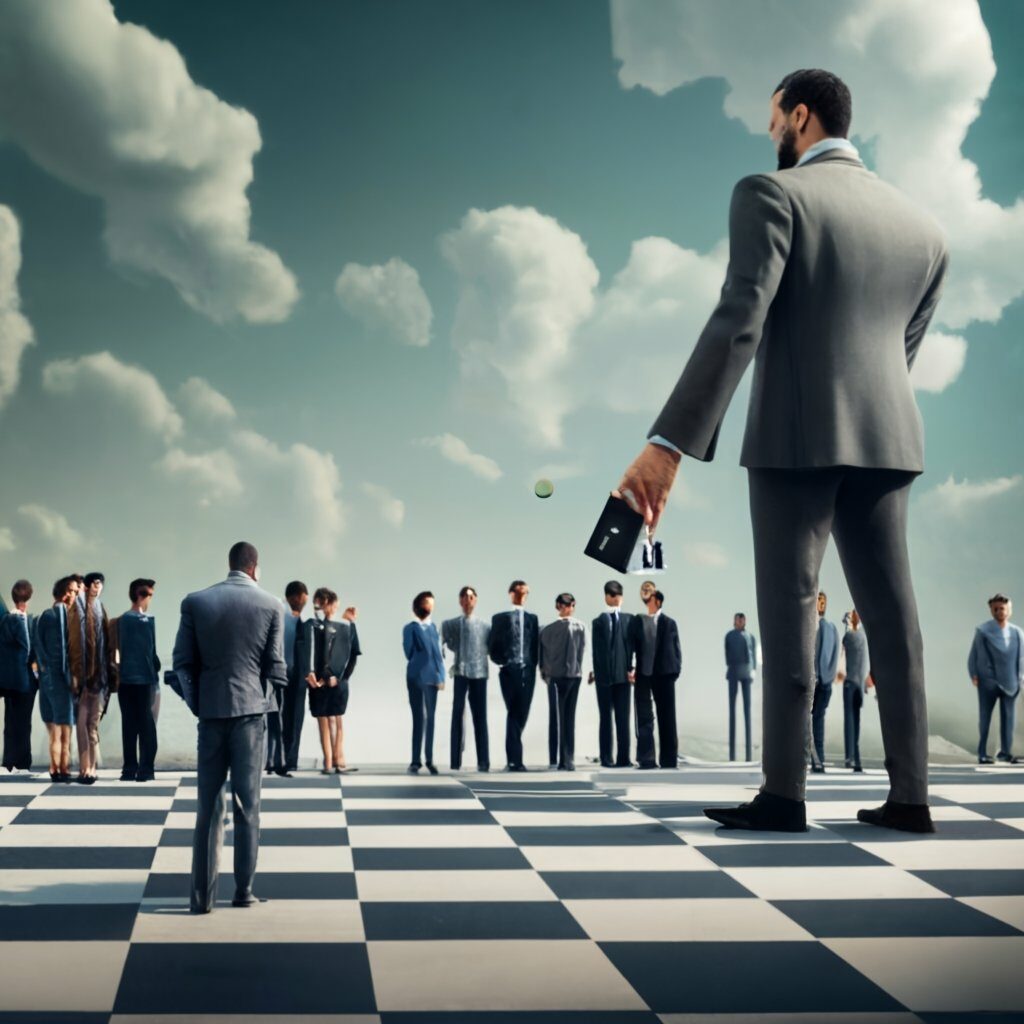
Gamification: The Secret to Engaging and Motivating Employees
In my previous article, I explored how incentives drive employee behaviors. An emerging technique called “gamification” leverages gaming mechanics to incentivize engagement, productivity, and learning in the workplace. As games motivate players to gain skills, badges, and rewards, gamified work systems can powerfully motivate employees.
Decades of gaming psychology research reveal people are hardwired to respond to gamification. Implemented thoughtfully, gamification strategies can boost employee performance, morale, and retention. In this article, I will define gamification, share psychology insights, provide real-world examples, and offer research-based tips to help organizational leaders maximize engagement and motivation through gameplay elements.
What is Gamification?
Gamification incorporates game elements into non-game contexts like the workplace to drive participation, enjoyment, and loyalty (Deterding et al, 2011)1. Common gamification techniques include:
- Point systems - Employees earn points for desired actions. Leaderboards display rankings.
- Badges or levels - Milestones unlock credentials and advancement.
- Challenges - Participants compete in contests and quests.
- Rewards - Game currency can be exchanged for real incentives.
- Feedback - Progress bars, notifications, and rankings give real-time feedback.
These game mechanics incentivize engagement through psychological drivers like competitiveness, achievement, status, self-expression, and socializing (Zichermann & Cunningham, 2011)2.
For example, a sales rep might gain badges for meeting quota thresholds. A software engineer could level up by mastering new coding languages. Completing leadership training unlocks management role eligibility. Gamification strategically taps into human nature’s innate craving for competition, accomplishment, and reward.
The Psychology Behind Gamification
Decades of research on motivation and engagement reveals several psychological drivers that make gamification so powerfully engaging:
- Instant feedback loops - Games provide constant feedback through points, levels, and progress indicators. This reinforcement motivates continuous engagement (Kumar & Raghavendran, 2015)3.
- Sense of progress - Small wins and milestones give a frequent sense of advancement and avoiding loss. This meaningful progress keeps players motivated (Mekler et al, 2017)4.
- Social motivation - Leaderboards, team play, and social sharing tap into social competition and approval drivers. People are motivated to gain status and avoid social shaming (Sailer et al, 2017)5.
- Autonomy & Mastery - Challenges and choice of tasks provide a sense of autonomy. New skills drive mastery satisfaction. These fulfill psychological needs (Morschheuser et al, 2018)6.
- Fun & Playfulness - Game elements build in surprise, play, and fun. This enjoyment encourages sustained engagement (Majuri et al, 2018)7.
Neuroscience reveals gamification even activates the brain’s reward system by releasing dopamine each time points, levels, or rewards are achieved (Lopez & Tucker, 2019)8. In short, gamification strategically engages human psychology to drive motivation.
Generational Differences
Research indicates gamification can effectively engage employees of all generations when tailored to appeal to cohort preferences. For example:
- Baby boomers appreciate gamification for skill development, with challenges providing meaningful advancement. Badges for expertise and knowledge motivate them (Singhal & Vij, 2016)9.
- Gen Xers tend to be motivated by competition elements like leaderboards, as well as incentives like virtual goods or currency. Social networking aspects also appeal to this generation (Ferri-Reed, 2013)10.
- Millennials thrive on frequent feedback loops, through notifications, point systems, and progress trackers. They also enjoy social motivations and unlocking achievements (Kovacheva, 2011)11.
- Gen Z has grown up with gaming and responds best to highly visual, mobile-enabled gamification. Avatars, virtual worlds, and flexibility appeal to them (Griffiths & Whitty, 2010)12.
Adjusting game mechanics, incentives, and platforms to resonate with multigenerational workforces is crucial for engagement.
Real-World Examples
Gamification initiatives implemented thoughtfully deliver impressive results across industries:
- Bunchball gamified Fitbit’s health tracking app challenges. Employees earned points and team rewards for exercising and tracking activity. Fitbit saw usage of their app increase by 70% (Grossman, 2018)13.
- Wells Fargo’s new banker training game levels up players through engaging video scenarios to unlock graduation. Scores improved 15% over classroom training alone (Dale, 2014)14.
- DuPont’s safety credentialing program had low engagement. By gamifying learning, they increased utilization from 35% to 92% engagement (Ashbrook, 2011)15.
- Cognizant added gamified elements to their employee engagement app, including points and digital badges for participation. User activity increased by 46% (Mohan, 2016)16.
As demonstrated, thoughtfully designed gamification initiatives can significantly move the needle on workforce engagement.
Best Practices for Gamification Success
Based on gamification psychology and proven examples, here are best practices leaders can utilize:
Focus on Engagement, Not Just Points
Effective gamification improves meaningful performance like productivity or safety habits (Kapp, 2012)17. Ensure your program incentivizes real work outcomes over simply accumulating points.
Incorporate Intrinsic Motivators
Badges recognizing skill gain and social recognition for achievements can be just as motivating as extrinsic rewards. Gamification done right fulfills psychological needs (Suh et al, 2017)18.
Offer Meaningful Rewards
Redeemable points for experiential rewards or charitable gifts resonate more than nominal prizes (Xi & Hamari, 2019)19. Customize rewards to employee interests when possible.
Consult Employees
Ask workers what game elements would excite them. Giving teams input and autonomy on design boosts buy-in (Johnson et al, 2016) 20.
Simplify Design
Complicated, confusing programs backfire. Keep game mechanics, scoring, and reward systems intuitive (Hyrynsalmi et al, 2015)21.
Monitor and Optimize
Analyze usage data, solicit feedback, and continually refine your gamified approach for maximum impact (Cechanowicz et al, 2013)22.

Avoid Over Gamification
Too many points and badges feel manipulative. Thoughtfully gamify vital behaviors only, and sparingly apply game elements (Bakke & Mitchell, 2018) 23.
Gamification Done Right
Executives may cringe at game terminology, but the psychology and results are undeniable. Avoid gimmicky implementations that feel childish. Instead, strategically gamify work systems to tap into human motivations and drive results. With a thoughtful, integrated approach, gamification can level up workforce engagement, learning, and performance.
Table Of Contents
Article Home - Our Ultimate Guide To Reduce Employee Turnover and Increase Retention
TOC - Visit our Table of Contents Page for this engaging and dynamic series of informative articles about Employee Turnover compiled by our expert human resource consultants.
Sources
The sources and end notes for the main article, this article, and all of the sub-pages is listed below. All information is used under the Fair-Use.
